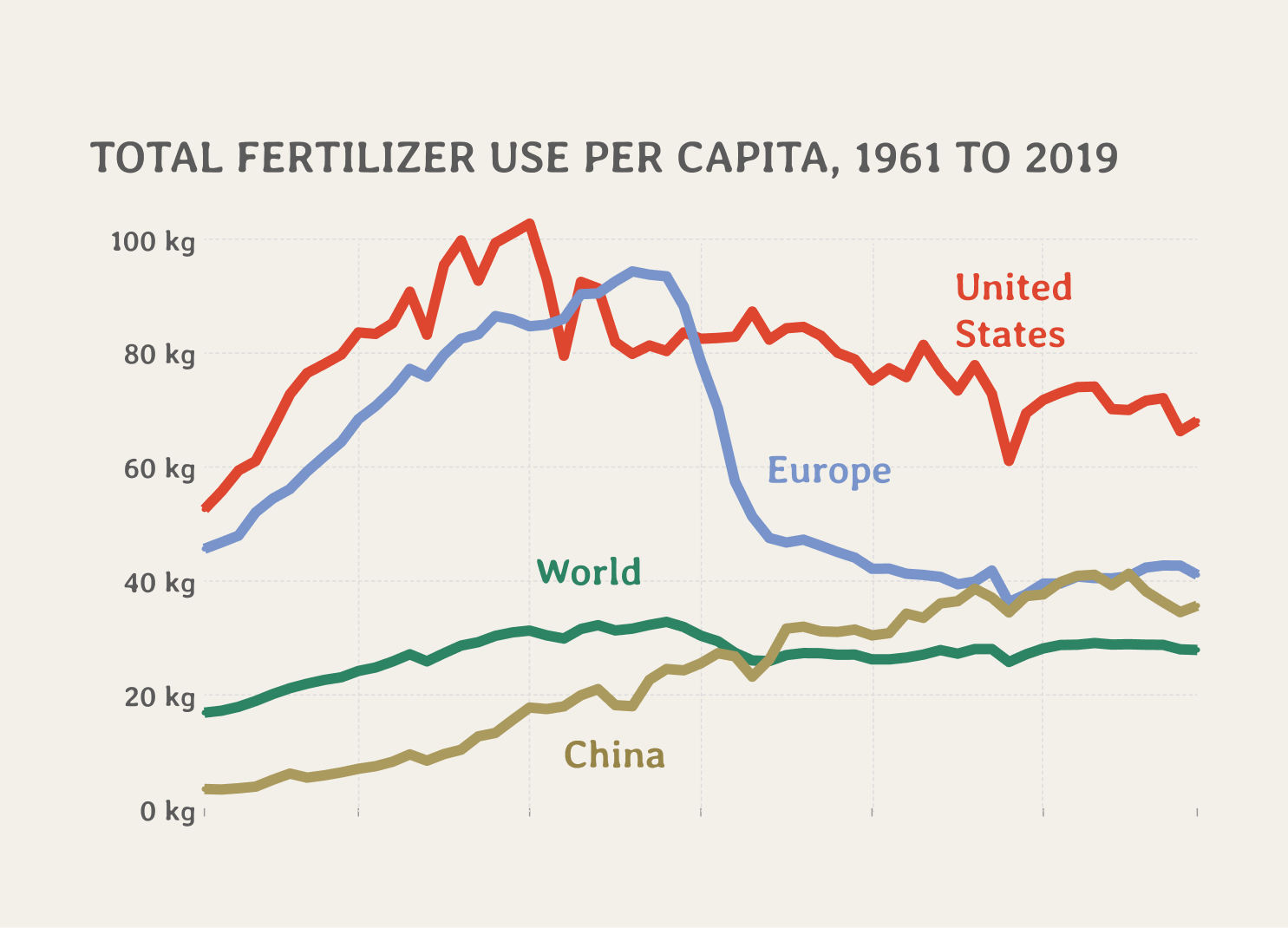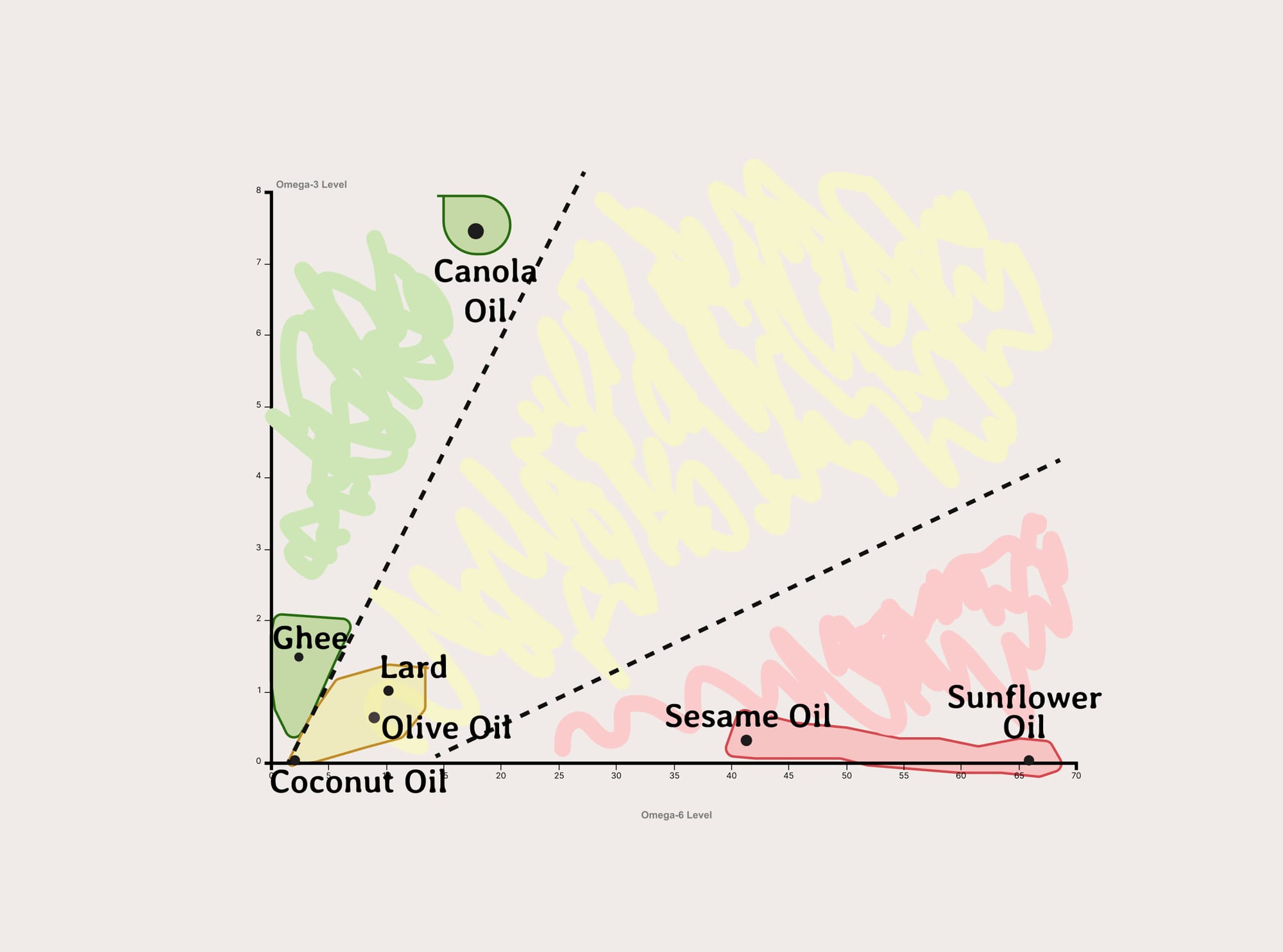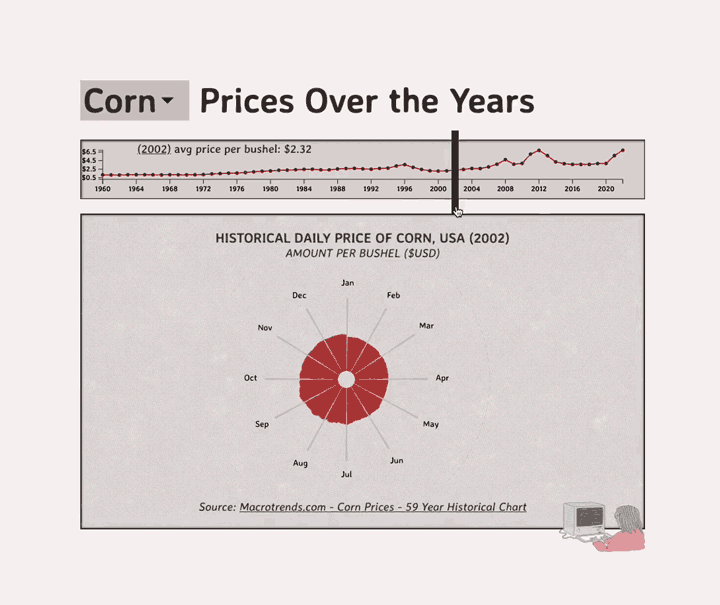Analyzing the Different Types of Salmon


Gourmet Data is a blog where a data journalist breaks down questions. Subscribe either here on Ghost or on Substack.
Salmon is the second-most consumed fish in the US after shrimp, so it only made sense for me to do some basic research and analyze the types of salmon out there to see if there were ways to optimize my consumption.
I was surprised to find out that term “salmon” is not just one fish, but actually refers to about seven types of fish belonging to the Salmonidae family. This brought me down a rabbit hole of various dichotomies when it comes to salmon; Pacific vs Atlantic, Farm-raised vs Wild-caught, Freshwater vs Saltwater...
I decided to make some simple visualizations breaking down what I could about these differences, and it manifested into the tool you see downtown. Note that the DRI are based on my stats; every body is different.
Sockeye
Percentage of Daily Recommended Value met by an 100g serving of Sockeye salmon


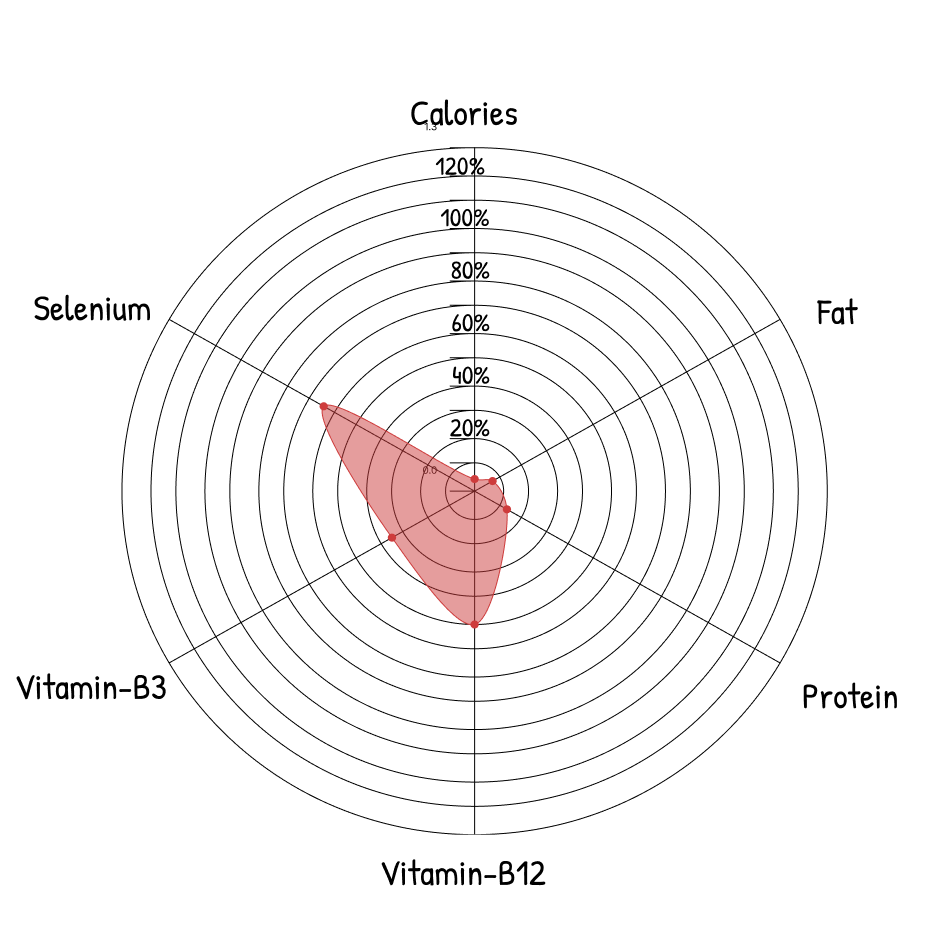

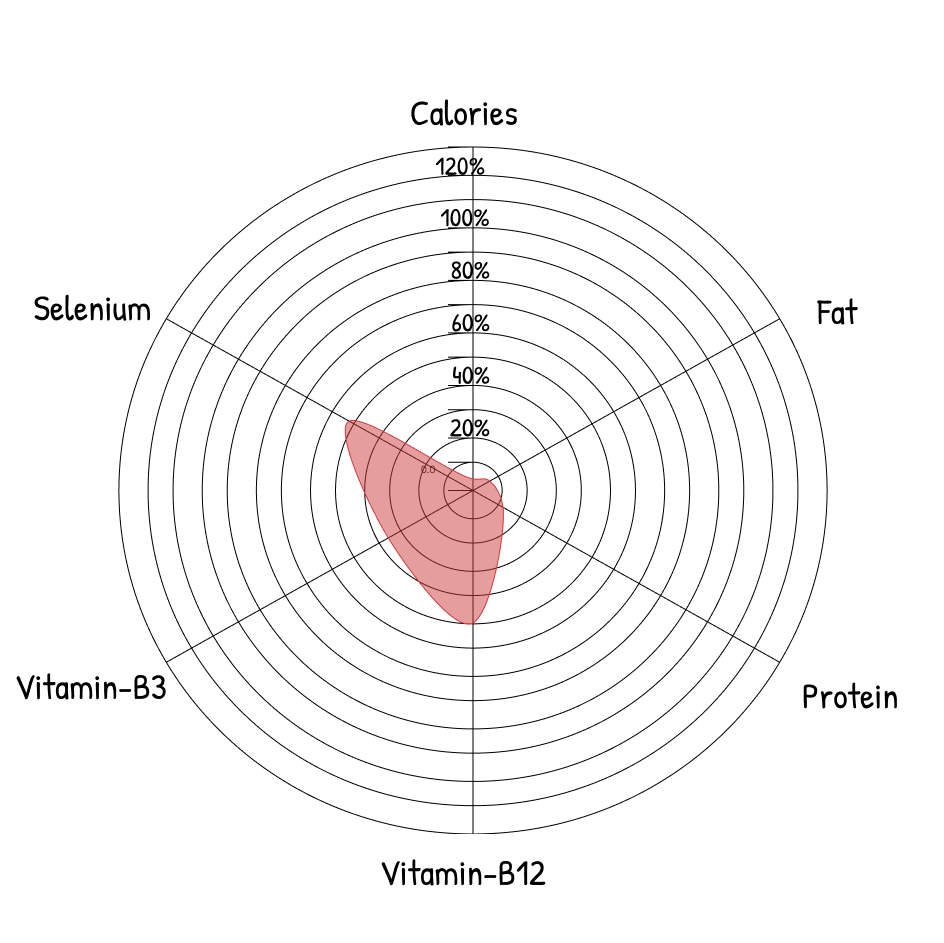

Genetics
To start, there are two main subcategories of salmon - Atlantic and Pacific. As it turns out, Atlantic salmon and Pacific salmon are in the same fish family, Salmonidae, but they’re not in the same fish genus. Alaskan species of chinook, sockeye, coho, pink, and chum salmon fall under the Pacific genus. Atlantic salmon are more native to the North Atlantic Ocean and can be found along the coasts of North America and Europe.
With the different genes and environmental conditions, you can assume different phenotypical makeup, which can affect the amount of fat, protein, and other nutrients in the flesh of the fish. It is for this reason that some believe Atlantic salmon is milder and fattier compared to some Pacific salmon species, which tend to be a bit larger.
The Atlantic vs. Pacific dichotomy seemed to be the one with the most legs, so I wanted to focus on that.
Atlantic vs. Pacific
Nature vs nurture is a useful framework to understand the differences.
- Pacific salmon, particularly those from pristine regions like Alaska, may have relatively levels of contaminants such as mercury, PCBs, and dioxins.
- Pacific salmon often feed on marine creatures that contain pigments like astaxanthin, giving their flesh a reddish or orange color. Atlantic salmon is fed using feed, making them have a lighter pink or pale orange color.
- Almost all Pacific salmon are wild-caught, including salmon fisheries provided by Alaska salmon hatcheries.
- Because the species is endangered in its natural habitat, you can no longer buy wild Atlantic salmon commercially, and it is exclusively raised in fish farms.
There are more factors I'm missing out, but this effect ends up taking its toll on the nutritional content of the salmon. And a lot of it has to deal with wild-caught vs farm-raised stuff.
Farm-Raised vs Wild-Caught
This basic difference seems to hold most of the weight when it comes to the differences in the size, nutrients, and taste of the fish.
For example,
- Wild-caught salmon often feed on a diverse range of natural prey, while farm-raised salmon are typically fed formulated diets. Thus, wild salmon often have higher vitamins and minerals due to their natural diet, but farm-raised salmon can often provide higher omega-3 levels and are higher in fat.
- Pacific salmon are known for their remarkable spawning migrations, where they return to their natal streams to reproduce before dying. Atlantic salmon often undertake shorter migrations. There used to be wild Atlantic salmon runs in every river in the Northeast U.S., but industrialization, habitat destruction, and overfishing has reduced these runs to a handful of rivers.
- Atlantic salmon producers boast of advances in their industry that have improved quality — such as switching to plant-based feeds and reducing disease through vaccines and better breeding methods.
- Professional chefs still gravitate toward wild-caught salmon because of the diverse range of flavors and textures available on the market.
What's the Healthiest Salmon to Eat?
Land use lorem ipsum dolor set
ipsum dolor set Source: Our World in DataIn Conclusion
In summary, the nutritional disparities among salmon types result from a combination of diet, genetics, environmental factors, and farming practices, but just to clarify: Don't stress too much about your salmon selection. More likely than not, the biggest differences happen when you go from meat to salmon, not from salmon A to salmon B.
